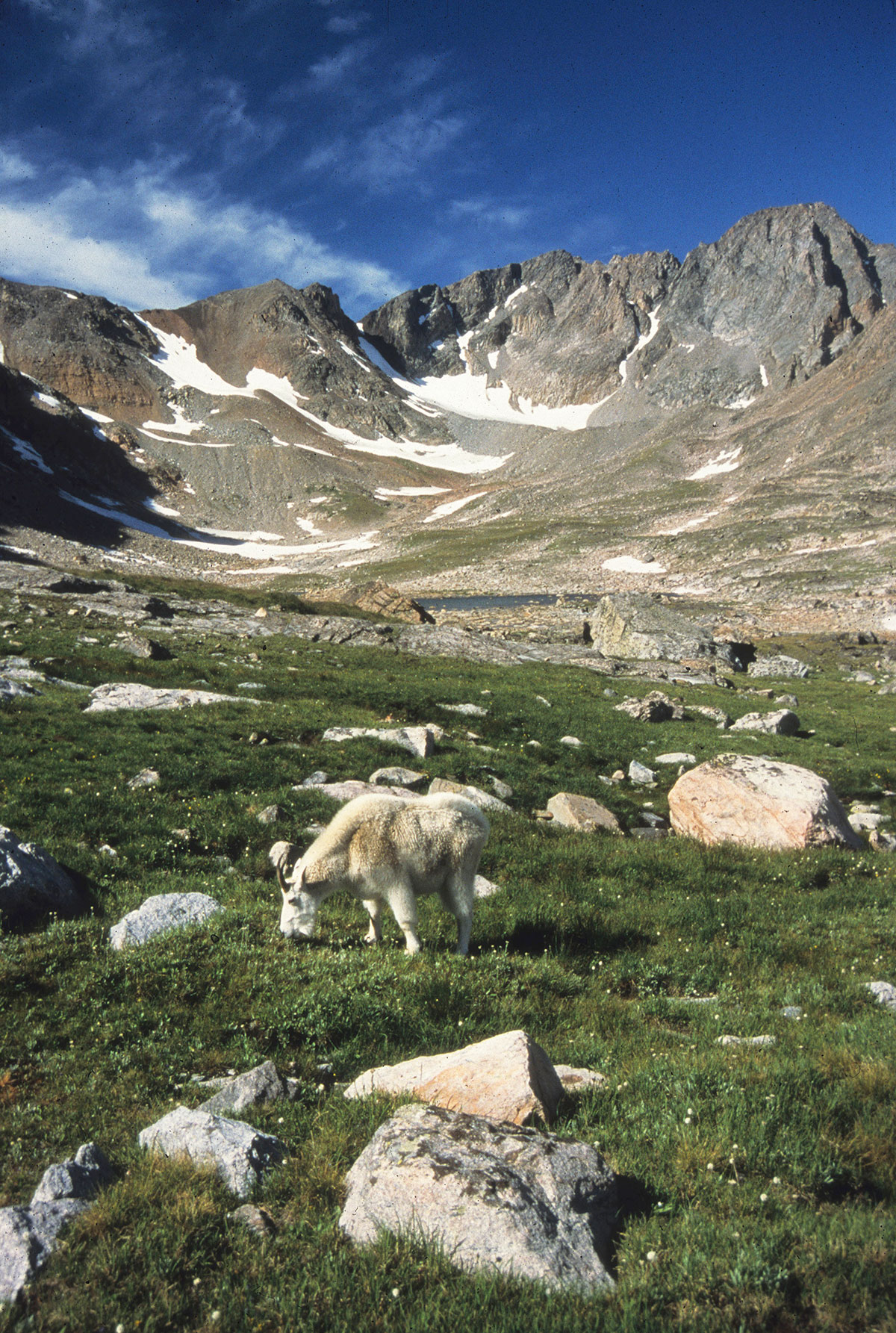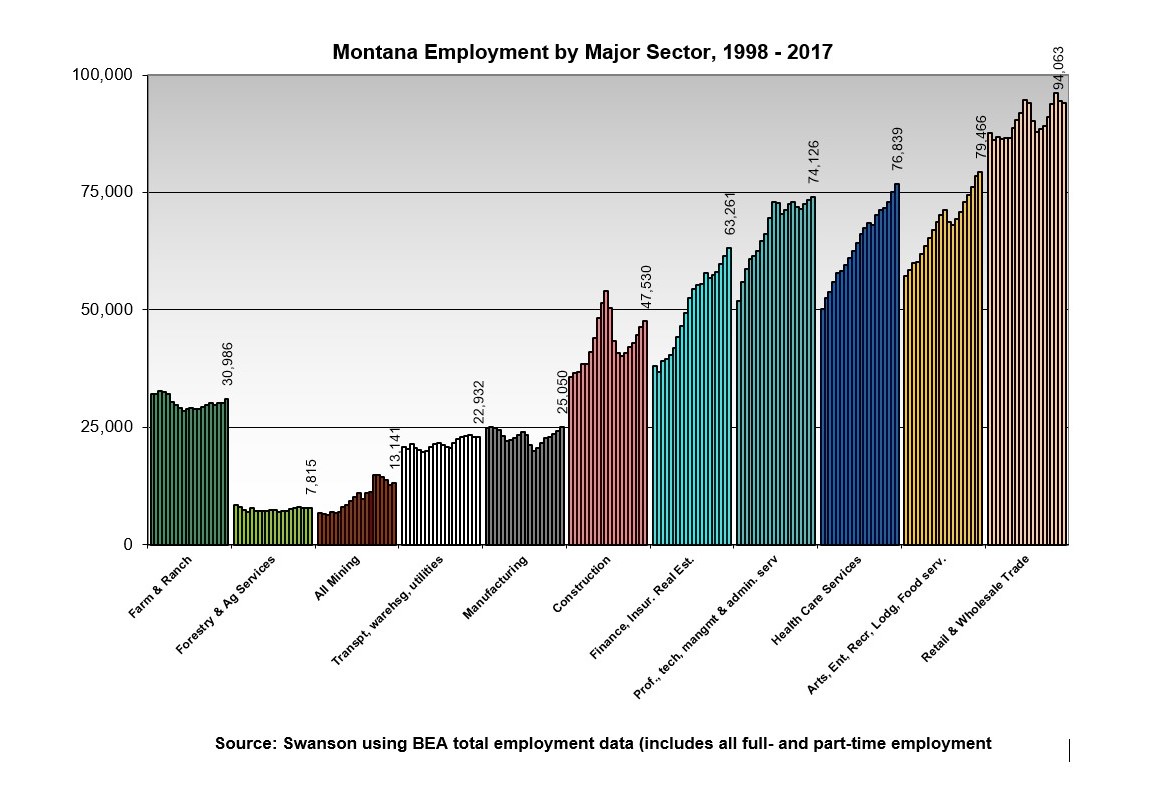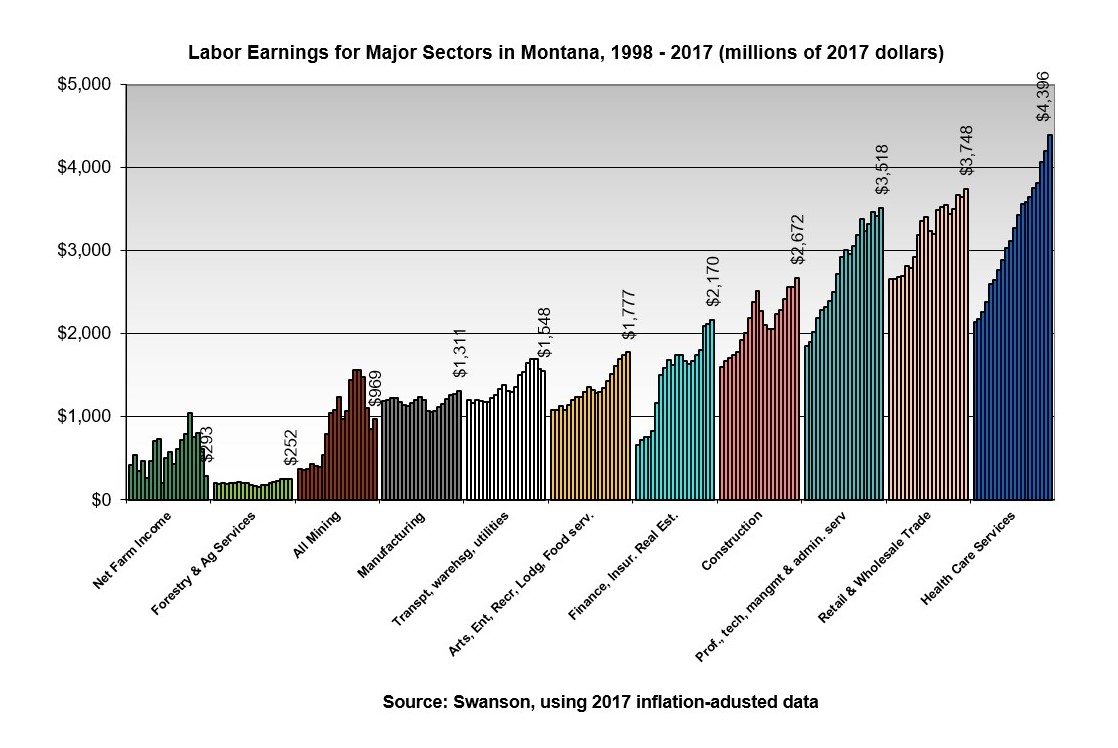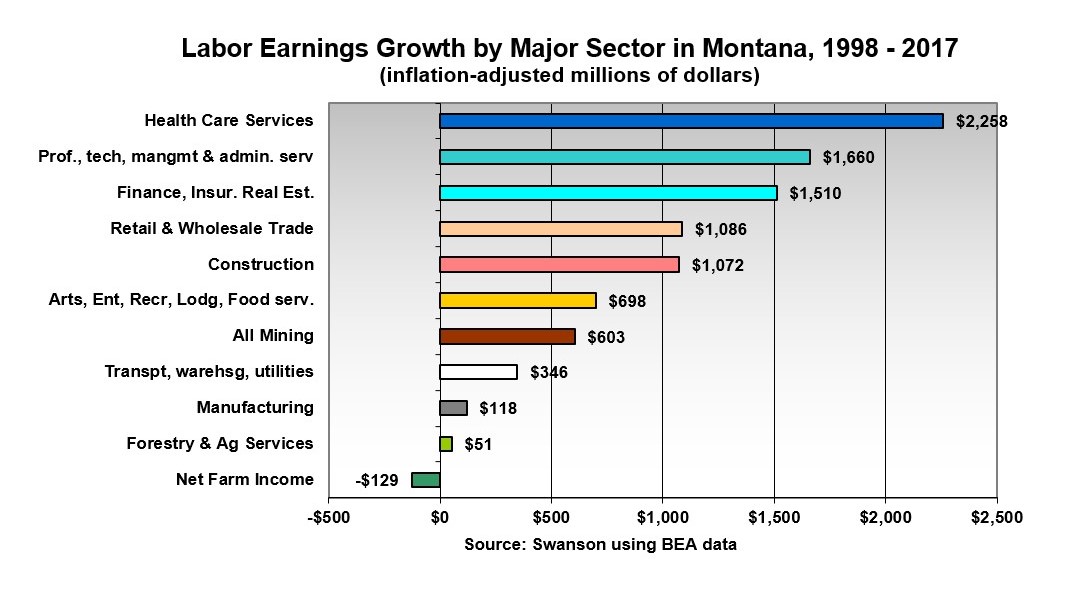Montana: One State with Three Changing Regions (Part 3 of 3)
 As described in the second article in this series examining growth and change in Montana, while many if not most Montanans view their state as being largely rural, most of the state’s residents now live within 50 miles of the state’s seven largest cities – Billings, Missoula, Kalispell, Bozeman, Great Falls, Helena and Butte. In fact, 80 percent of Montana’s residents live in or nearby these cities. The seven counties where these regional population centers are located account for 64 percent of the state’s population.
As described in the second article in this series examining growth and change in Montana, while many if not most Montanans view their state as being largely rural, most of the state’s residents now live within 50 miles of the state’s seven largest cities – Billings, Missoula, Kalispell, Bozeman, Great Falls, Helena and Butte. In fact, 80 percent of Montana’s residents live in or nearby these cities. The seven counties where these regional population centers are located account for 64 percent of the state’s population.
These seven “Regional Center Counties” are the state’s most urban places and have growing economies that produce more and more of the state’s overall economic growth and expansion. Having 64 percent of the state’s residents, businesses and workplaces in these counties accounted for almost 80 percent of all labor earnings growth in Montana five sectors or segments, which have accounted for most of the state’s economic growth since the late ’90's. As such, Montana’s seven main urban centers have become the main engines of the Montana economy.
Figure 107.1 shows how employment changed in Montana over the past two decades. Only private sectors of the economy are included. The 2017 total employment – all full- and part-time jobs – are shown.

Employment growth is concentrated in the five segments of the economy at the right in 107.1, with retail and wholesale trade having the highest employment at over 94,000 jobs. Next is arts, entertainment and recreation services, plus all lodging and food services, like restaurants. This sector, along with the rest of retail and wholesale trade, is where much of the expenditures by the more than 12 million visitors to Montana each year are spent. Health care services (shown in blue), followed by professional and technical services plus others (shown in teal) are next in terms of employment. And next highest is state employment in finance, insurance and real estate. All five of these major sectors of the economy are where employment growth has been most heavily focused in Montana.
Figure 107.2 shows levels for these same sectors over time measured in total “labor earnings,” or in what workers in these sectors are paid annually in wages, salaries and proprietor income.

Again, all of these are parts of the state’s private sector, and no public or government sectors are included in 107.2. Dollar amounts are in millions of 2017 inflation-adjusted dollars. The largest component, measured in terms of labor earnings, is health care services. This segment of Montana’s economy grew from a little over $2 billion in labor earnings in 1998 to almost $4.4 billion in 2017 – an increase of more than $2.2 billion. Health care is the single largest segment of the overall “services economy” in the U.S. and in Montana.
The second largest segment is retail and wholesale trade, with total labor earnings of $3.75 billion in 2017 and growth of more than $1 billion over this period. Several segments, including one composed of professional and technical services, management and administrative services and information services, had the second biggest increase in labor earnings – growth of $1.66 billion for the period, rising to about $3.5 billion in 2017. Financial services and real estate services together increased by over $1.5 billion, reaching $2.17 billion in 2017. The construction sector had the fourth biggest increase, growing by over $1 billion to $2.67 billion by 2017.
Together these five major components of the Montana economy grew by $7.6 billion from 1998 to 2017 and accounted for nearly 80 percent of all growth in private sector labor earnings in Montana. And workplaces within Montana’s seven regional center counties accounted for about 97 percent of this growth statewide in private sector labor earnings.

So the economy of Montana is clearly changing in composition and in areas of concentrated growth, and this growth in mainly focusing in the state’s larger urban centers. In fact, without these urban centers, much of this type of growth would probably exclude Montana altogether. Growth in these areas of the economy requires the existence of large population centers, and Montana is fortunate to have six or seven of these where this growth can occur.
As this urban economic expansion continues in Montana, the state’s economy will continue to become more urban-centric and urban-driven. It is a much different economy than what Montana had three decades ago. And in this new economic era, population trends in the state will continue to be driven by this trend. Montana’s cities truly have emerged as the “engines of the state’s economy.”
By Larry Swanson
About the Author: Swanson is a Ph.D. economist and regional scientist. He is director and Scott Family Senior Fellow of the O’Connor Center for the Rocky Mountain West at the University of Montana. The center is a regional studies and public education program. This is the third in a series of articles by Swanson that explore key changes occurring in Montana’s economy and how these changes are shaping varying growth patterns across the state.
Photo: South face of Granite Peak courtesy of Rick and Susie Graetz
